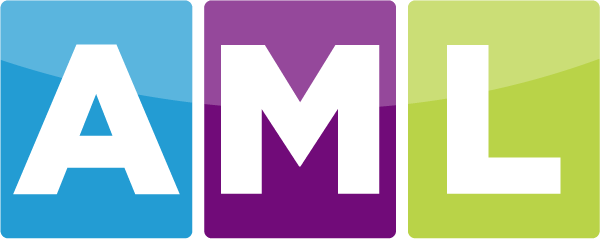Marketing Communications Integration
What Does It Really Mean?
In theory, marketing communications integration allows you to build scale to your communications through the use of multiple media/channels and to then gain synergies from all the activities working in harmony.
The challenge then becomes to consider every part of the marketing chain all the way from research through to customer service and all the bits in between. As one would imagine this usually involves multiple people, multiple messaging, multiple channels and then multiple response paths. While using data driven marketing communications techniques is supposed to be out of give us ROI analytics for every part of the marketing process, it is perhaps the measurement of the people performance part of this process that will be the most challenging.
Customers are looking for propositions that deal with their needs and their aspirations, not what we as marketers, are trying to promote. A labyrinth of motivations exist as to why customers choose to buy a brand at a particular point in time. What the integrated marketing communications are looking to do is to surround that customer with the brand message and offer, at the very point in time that the consumers are making a buying decision.
That message, in an attempt to surround the target customer, then requires three specific elements to actually be effective in generating response:
Awareness – consumers have to be aware of your message
Education – the brand message needs to educate the consumer as to why they should buy this product, from your company at this time
Action – what are you asking the customer to do
Be careful that every part of the integrated communications asks the customer to do the same thing.
So, my thought is, always start with the result/outcome/response. That is, what are you asking the customer to do when they see your message. Then all the messaging needs to consistently ask the same thing in each media/channel. Because if you start with the outcome that will determine the best channels and the best use of each channel to achieve that outcome. I would expect that generally in today’s marketplace, most brands are pushing customers back to an online or digital response environment (i.e. website, landing page, social media etc.). Given this, it is critical that all the channels direct to the same point so that when you’re measuring the results of this campaign can try to have at least something that tells you that the campaign was a success or failure because of clear metrics that have been used to assess the campaign.
When a campaign is integrated from an executional perspective, it is not an absolute that the messaging needs to be identical in each of the channels. Each channel will present its own uniqueness in delivering of the message. For example, what can be displayed in a printed catalogue is very different to what can be displayed on a mobile phone. Each channel needs its own consideration in the display of the message.
Let me leave you with five tips when considering an integrated communications campaign:
Don’t attempt an integrated campaign just because you can. It may be appropriate to focus on one or even two channels and do them very well as distinct on taking a multichannel approach with a limited budget and not be enough to actually penetrate the audience sufficiently because you’re spreading the campaign to thinly across too many channels.
The strength of integration comes from the message and channel and people and your research having been tested and measured in terms of the results that you are looking for. Never attempt to roll out a large integrated campaign without testing those four elements of the campaign.
Stay true to the role and capability of each channel to showcase your message to the audience. Each channel has its own uniqueness and capability in presenting your message in the best possible way.
Give clear balance to the creative, the media, and then the data to ensure that each of those three elements represent the offer to the audience with a response mechanism that is appropriate to the channel and appropriate to the audience.
And, I can’t stress this enough.Record, measure, and analyse every part of the campaign. Make sure that we have a history of what has happened. And, that history is accessible when mapping out future campaigns. There is no better teacher than experience. And there is no better lesson to be learned than those of our history.
If you need help with your next campaign just ask.
